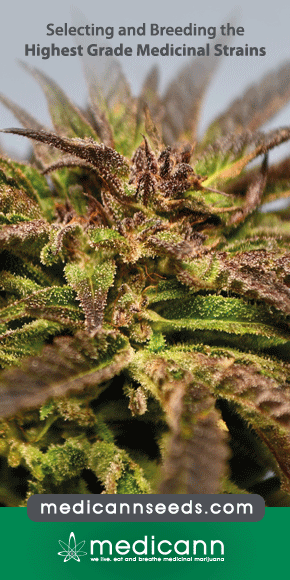Systematic Review of the Costs and Benefits of Prescribed Cannabis-Based Medicines for the Management of Chronic Illness: Lessons from Multiple Sclerosis
Cannabis-based medicines (CBMs) may offer relief from symptoms of disease; however, their additional cost needs to be considered alongside their effectiveness. We sought to review the economic costs and benefits of prescribed CBMs in any chronic illness, and the frameworks used for their economic evaluation. Prescribed CBMs are a potentially cost-effective add-on treatment for MS spasticity; however, this evidence is uncertain. Further investment in randomised trials with in-built economic evaluations is warranted for a wider range of clinical indications.


